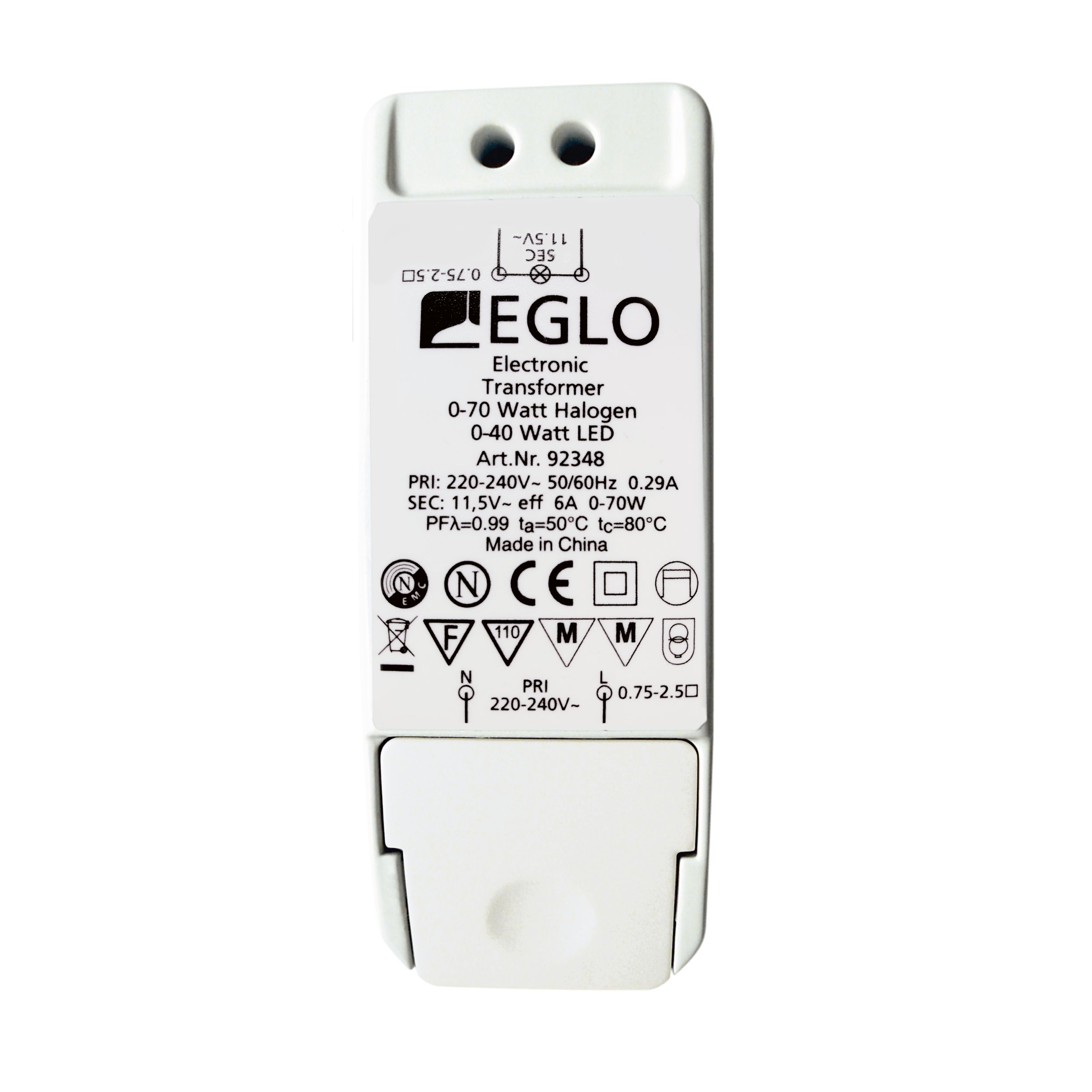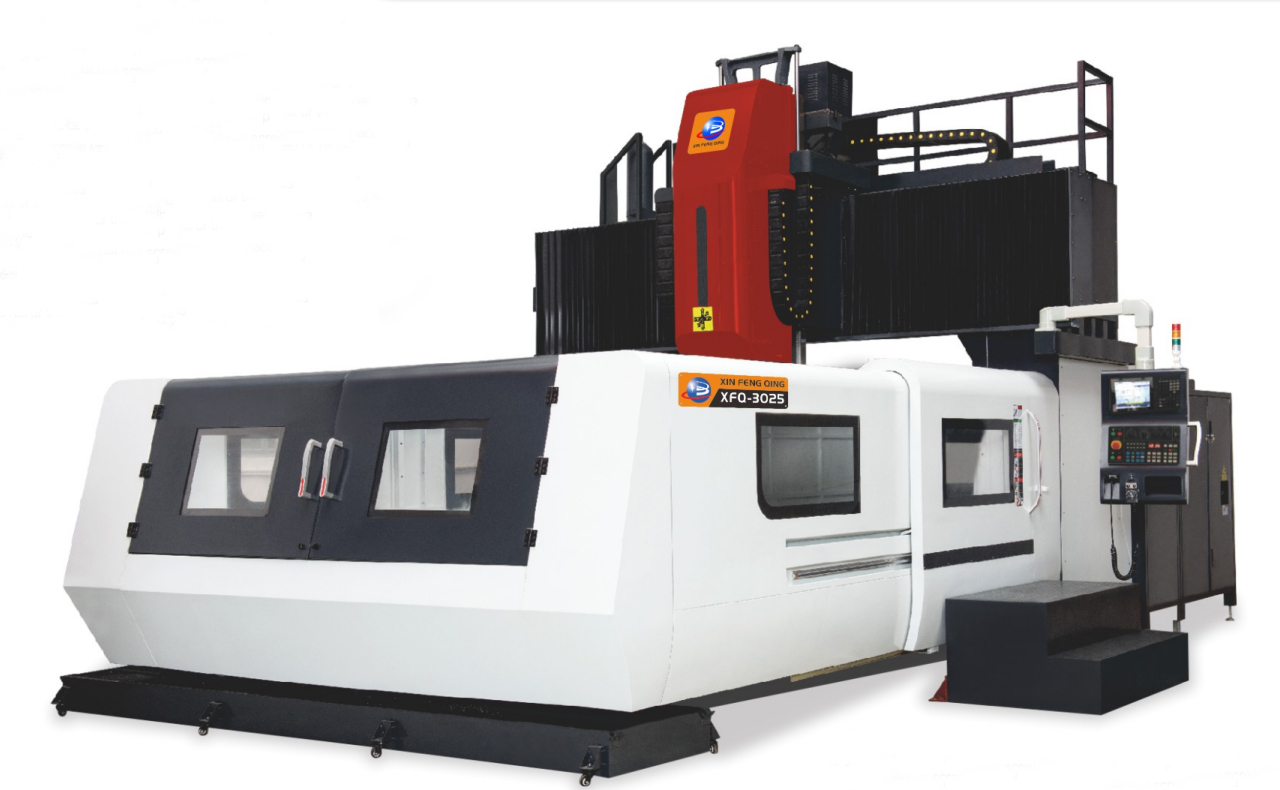
Transformers play a crucial role in various industries, ensuring efficient power transmission and distribution. With a wide range of transformer types available, it can be challenging to determine which one is the best fit for specific applications. In this blog post, we will delve into the world of transformers and explore the factors that make a transformer stand out as the best choice. From power transformers to distribution transformers, we will analyze their features, advantages, and applications to help you make an informed decision.
- Power Transformers:
Power transformers are designed to step up or step down voltage levels for long-distance power transmission. They are commonly used in electrical grids and power stations. Key features of power transformers include high efficiency, low losses, and robust construction. Their ability to handle high power ratings and voltage levels makes them ideal for large-scale applications. - Distribution Transformers:
Distribution transformers are responsible for stepping down voltage levels for local distribution to consumers. They are widely used in residential, commercial, and industrial settings. These transformers are characterized by their compact size, low noise levels, and high reliability. Additionally, they offer excellent voltage regulation and overload protection, ensuring stable power supply to end-users. - Isolation Transformers:
Isolation transformers are primarily used to provide electrical isolation between the input and output circuits. They offer protection against electrical shocks and reduce the risk of equipment damage. Isolation transformers are commonly employed in medical facilities, data centers, and sensitive electronic equipment applications. Their key features include low leakage current, high insulation resistance, and excellent harmonic suppression. - Auto-transformers:
Auto-transformers are known for their compact design and cost-effectiveness. They have a single winding with multiple taps, allowing for voltage regulation and conversion. Auto-transformers are commonly used in applications where voltage transformation ratios are not critical, such as in motor starting circuits and voltage regulators. Their high efficiency and smaller footprint make them an attractive choice for certain applications. - Instrument Transformers:
Instrument transformers, including current transformers and voltage transformers, are used for measurement and protection purposes. Current transformers convert high currents into manageable levels for instruments, while voltage transformers step down high voltages for accurate measurements. These transformers are extensively used in power monitoring systems, energy meters, and protective relaying applications.
Conclusion:
Choosing the right transformer is essential for ensuring optimal performance and reliability in various industries. Power transformers excel in long-distance power transmission, while distribution transformers are ideal for local power distribution. Isolation transformers provide electrical safety, auto-transformers offer cost-effectiveness, and instrument transformers enable accurate measurements and protection. By understanding the specific requirements of your application, you can select the best transformer type that meets your needs.



